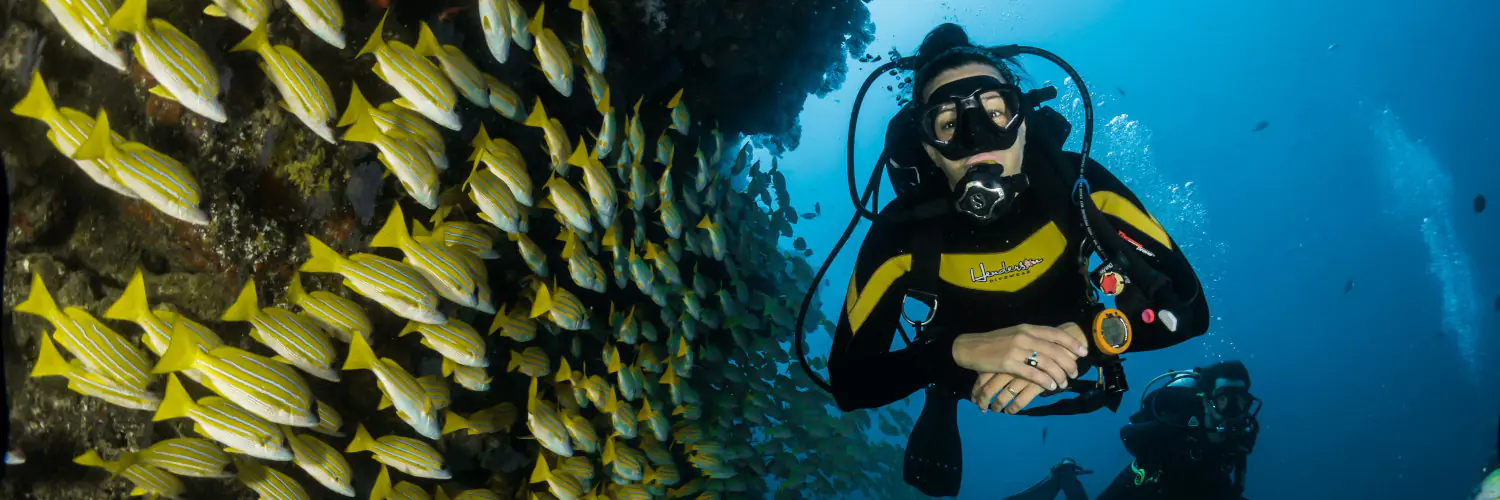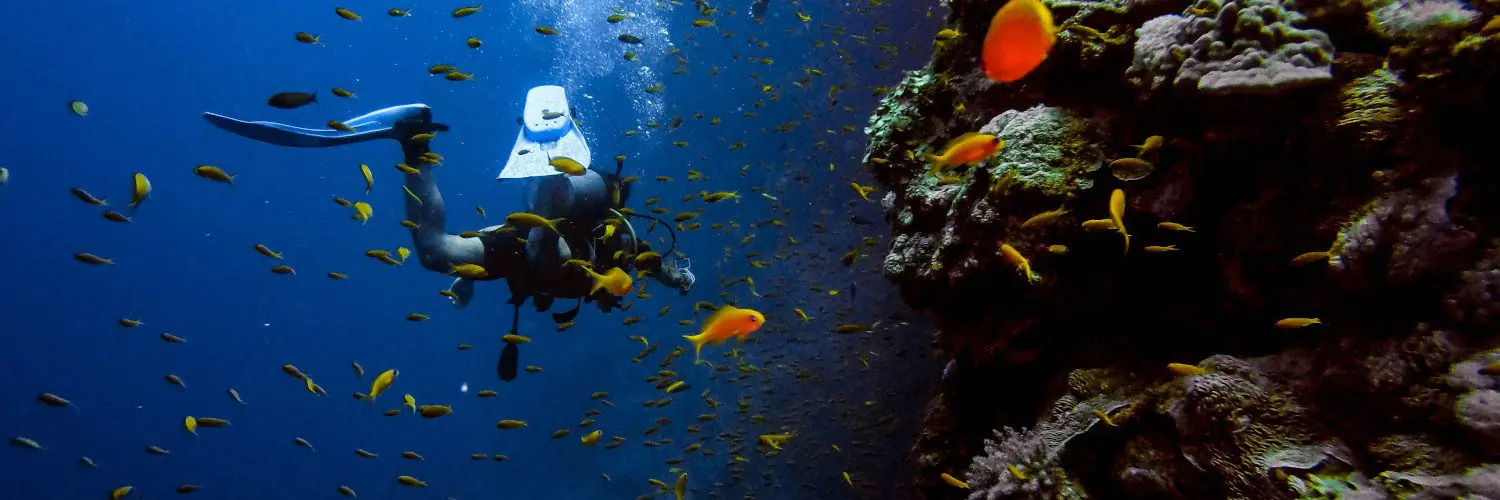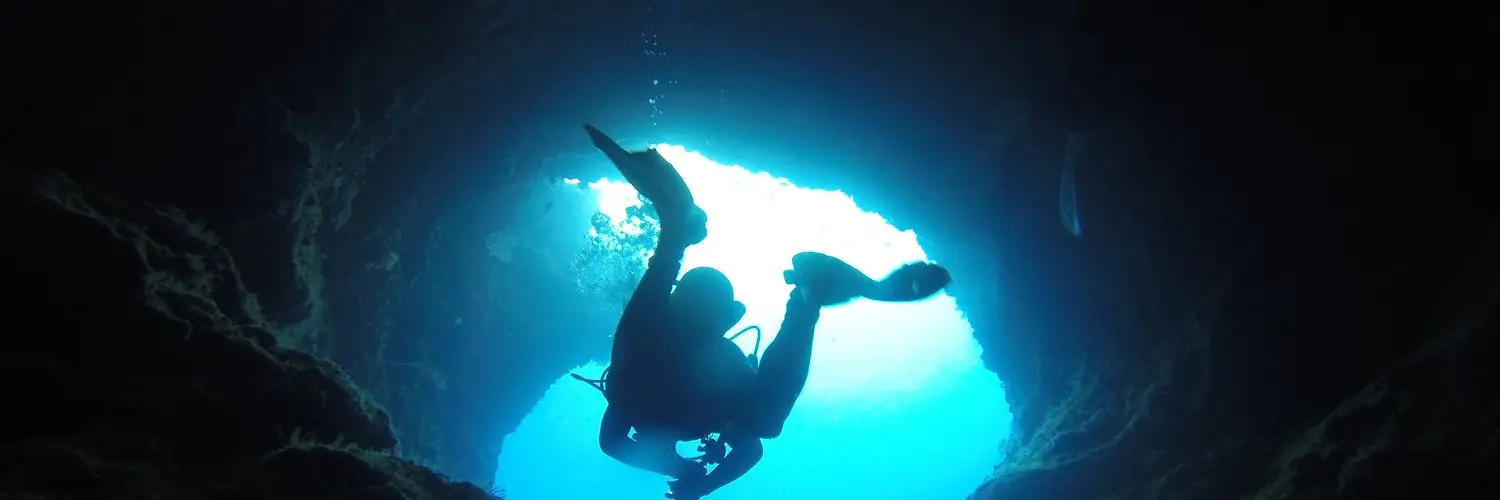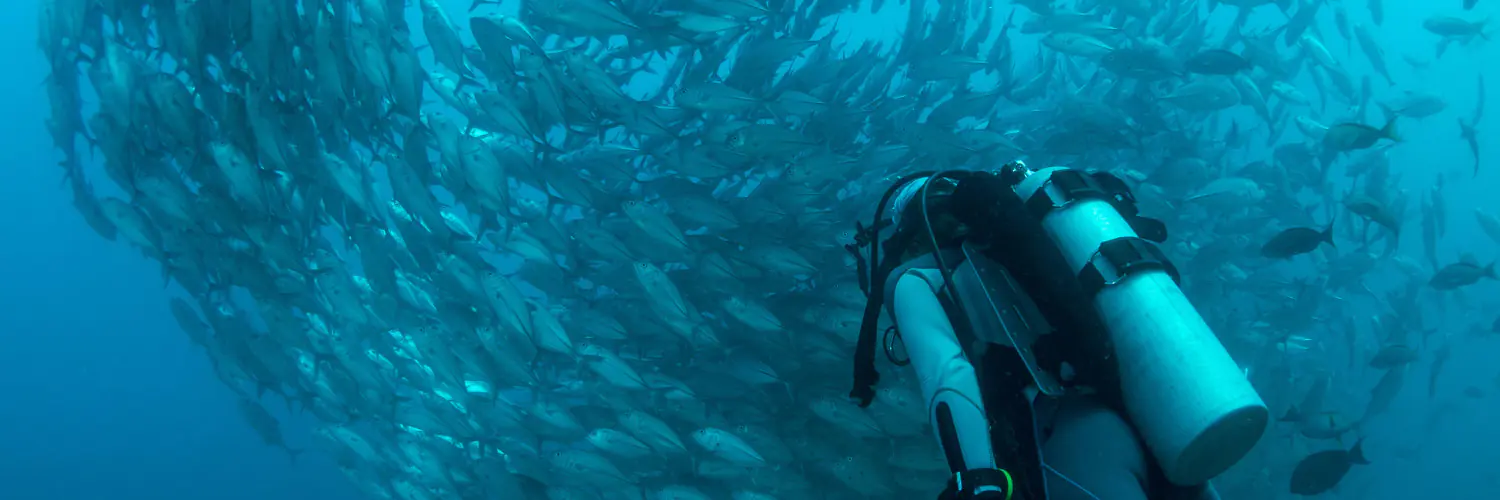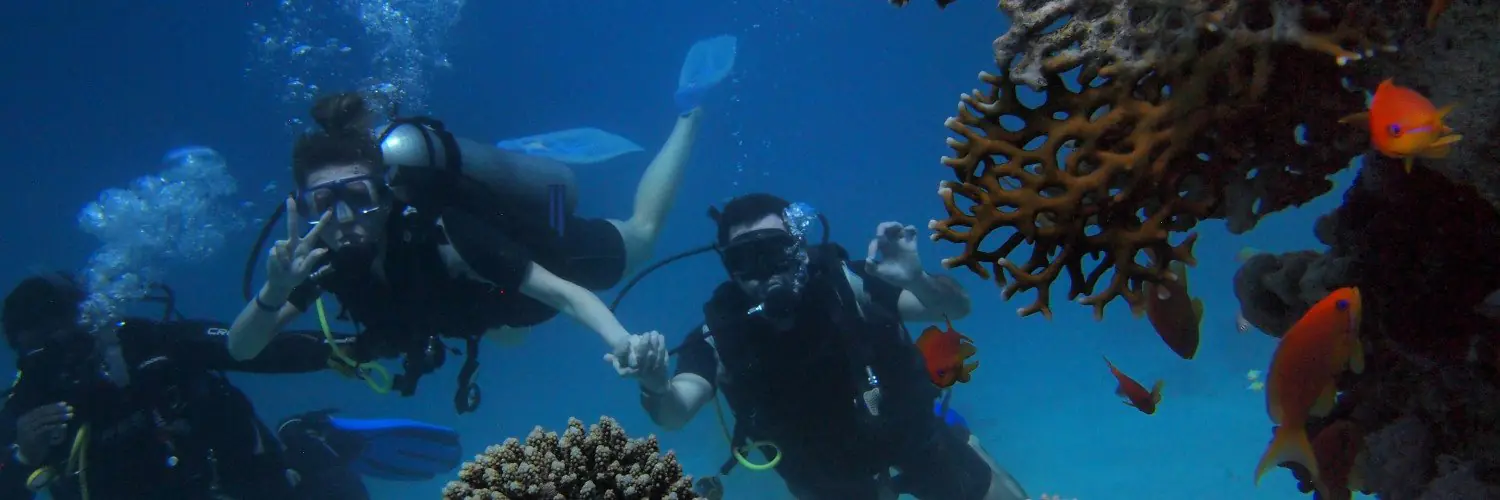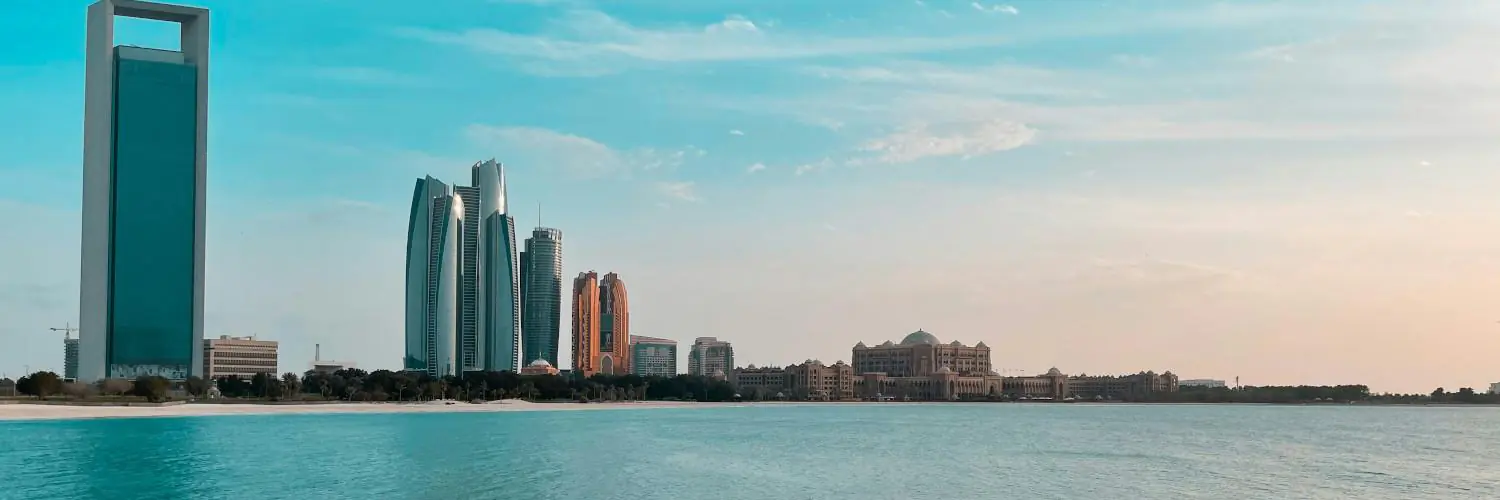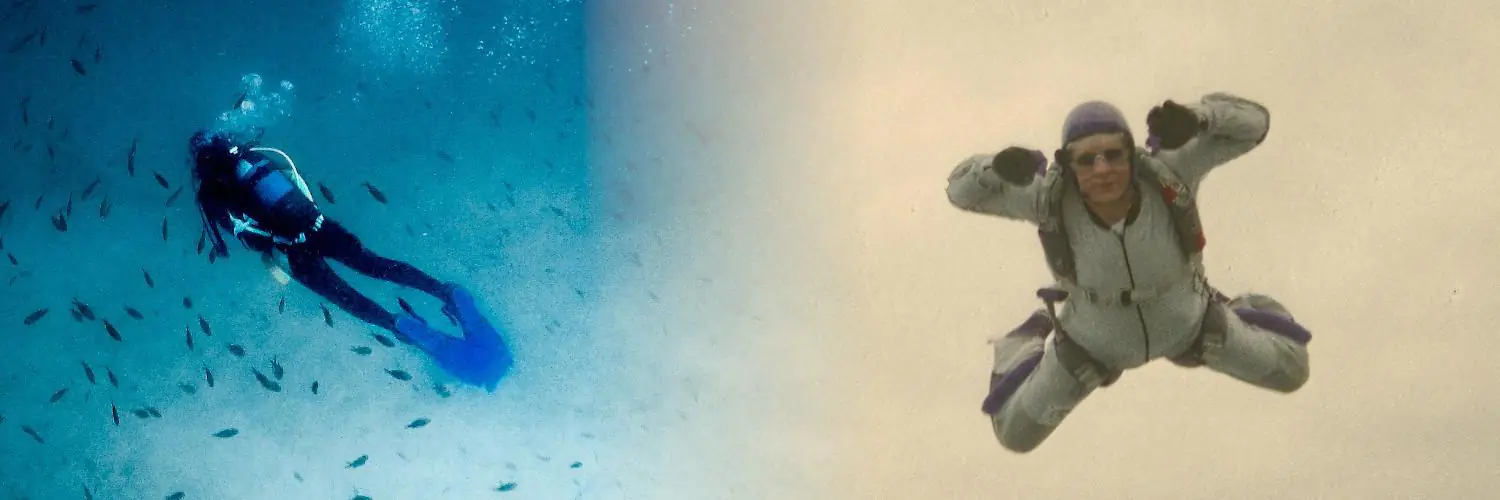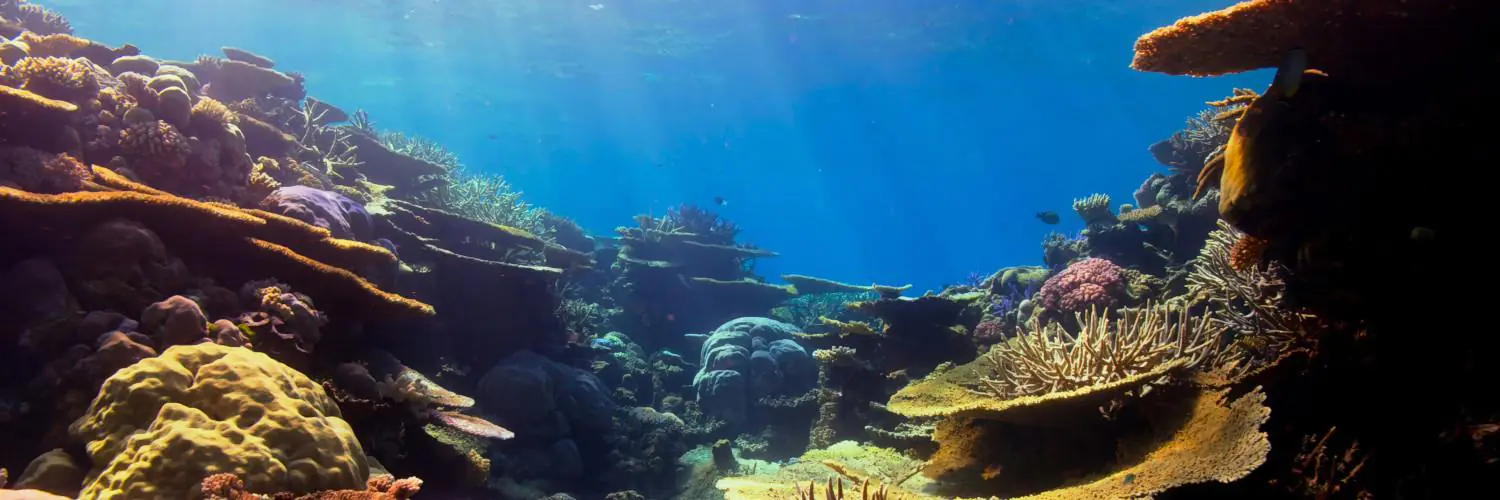PADI scuba certification marks a critical step for individuals seeking to explore the underwater world through scuba diving. Recognized globally, the Professional Association of Diving Instructors, or PADI, sets the standard for diving education, emphasizing safety, competence, and environmental awareness. PADI certifications range from entry-level courses for beginners to advanced professional qualifications. The certification process combines academic knowledge with practical skills, ensuring that divers are well-equipped to handle a variety of underwater conditions.
The journey into scuba diving begins with the PADI Open Water Diver course, the foundational certification that enables individuals to dive independently with a buddy to a recommended maximum depth of 18 meters or 60 feet. Through this course, students learn essential diving theory online or in a classroom setting, practice skills in confined water to build comfort, and then apply these skills during open water dives under the supervision of a PADI instructor. With this qualification, divers can then pursue further certifications to deepen their expertise and broaden their diving capabilities.
Advanced training through PADI unlocks additional diving opportunities, such as exploring deeper dive sites, and introduces specialized activities like underwater photography or night diving. Divers looking to reach the pinnacle of non-professional scuba diving can aim for the Master Scuba Diver certification, which recognizes a high level of achievement and experience. This requires completing five specialty courses and logging a minimum of 50 dives. Regardless of the level, PADI scuba certification provides a structured, reliable path to gaining proficiency in scuba diving while promoting a commitment to conservation and respect for the aquatic environment.
Table of Contents
Understanding PADI and Certification Process
PADI certification is a globally recognized accreditation essential for diving enthusiasts seeking to explore underwater adventures safely. It signifies that a diver has undergone proper training and assessment administered by certified instructors.
PADI: An Overview
The Professional Association of Diving Instructors (PADI) is the world’s leading scuba diving training organization. They offer courses ranging from beginner to professional levels of scuba diving. PADI has established comprehensive training standards and protocols to ensure diver safety and competence.
Levels of PADI Certification
PADI certification encompasses several levels, each building upon the skills and knowledge acquired in the previous one. Here are the primary certification levels:
- Open Water Diver: The entry-level certification allowing dives up to 18 meters (60 feet).
- Advanced Open Water Diver: After completing five specialty dives, divers can descend to a maximum depth of 30 meters (100 feet).
- Rescue Diver: Focuses on emergency prevention and management.
- Master Scuba Diver: The highest recreational diving certification, signifying experience across a range of diving situations.
- Dive Instructor: Enables certified divers to teach and award PADI certifications to others.
The Certification Journey
The path to becoming a certified PADI diver involves a multi-step process:
- Knowledge Development: Online or in-class theory covering diving basics, safety, and equipment.
- Confined Water Dives: Practice of basic scuba skills in a pool or a body of water with pool-like conditions.
- Open Water Dives: Application of learned skills in an actual open water setting, supervised by a PADI instructor.
To maintain safety, divers are taught to perform a buddy check before every dive, adhere to a safe ascent rate, and comply with safety stop guidelines. After certification, divers must continue to follow diving best practices, including those suggested by the Divers Alert Network (DAN).
The PADI Open Water Diver Course
The PADI Open Water Diver Course is the first step in becoming a certified diver, meticulously designed to ensure beginners gain the necessary skills and knowledge for safe and enjoyable underwater exploration.
Course Structure
The PADI Open Water Diver Course incorporates a mix of eLearning, confined water dives, and open water dives. Students complete the course over a period that can range from a few days to several weeks, depending on the chosen schedule and learning pace.
Knowledge Development
During the eLearning component, students engage in self-paced study to understand basic principles of scuba diving. Topics include dive theory, equipment, safety procedures, and environmental considerations. Quizzes and exams assess comprehension.
Confined Water Dives
These dives occur in a pool or water body with pool-like conditions. Here, students practice and master scuba skills under the close supervision of a PADI instructor. These dives are critical for building confidence and proficiency in a controlled environment before progressing to open water.
Open Water Dives
Students apply their training in four required open water dives, typically carried out in a local quarry, lake, or ocean. Under instructor guidance, they demonstrate skill mastery and perform dive planning while exploring aquatic surroundings. Successful completion certifies them as PADI Open Water Divers, qualified to dive up to 18 meters/60 feet.
Advanced Training and Specializations
After completing the initial Open Water Diver certification, divers have the opportunity to deepen their skills and knowledge through advanced training and specializations. PADI provides a structured path for divers to enhance their abilities, unlock new activities, and prepare for professional-level certifications.
Advanced Open Water Diver
The Advanced Open Water Diver course is a key step in a diver’s education, allowing them to gain confidence and experience under the guidance of a PADI instructor. Divers must complete five adventure dives:
- Deep Dive: Necessary to dive below 18 meters/60 feet
- Navigation Dive: Skills for underwater orientation
- Three dives from a range of Specialty Courses
Participants must be at least 12 years old. The course typically spans 2-3 days and serves as a foundation for more specialized diving activities.
Specialty Courses
Specialty Courses enable divers to focus on specific interests and skills within diving. Popular choices include:
- Enriched Air Course: Diving with nitrox for longer no-decompression limits
- Deep Diver Specialty: Training to dive safely to depths of 30 meters/100 feet
- Wreck Diving: Techniques for exploring underwater wrecks
- Navigation Specialty: Advanced compass and natural navigation techniques
- Night Diving: Skills to dive safely in the dark
Completing these courses not only improves a diver’s capabilities but may also contribute to achieving the Master Scuba Diver rating, the highest non-professional PADI certification.
Continuing Education
PADI provides a framework for Continuing Education Courses to help divers advance beyond recreational diving. Prospective leaders may undertake the Divemaster program, the first professional level, where they learn to lead dives and assist with training. Divers aiming for a career might pursue the PADI Pro path, which progresses from Divemaster to PADI Instructor and beyond. Training at this level is rigorous, ensuring that PADI professionals can provide the highest levels of dive education.
Equipment and Gear
Proper scuba equipment is essential to an underwater adventure, ensuring divers breathe, see, and move effectively. Scuba certification courses prioritize equipping divers with the knowledge to select, use, and maintain this vital gear.
Basic Scuba Equipment
Scuba diving enthusiasts are introduced to a set of core equipment that enables them to explore underwater realms. Basic scuba gear consists of:
- Mask: Essential for clear vision underwater.
- Snorkel: Allows breathing at the surface without raising the head or wasting tank air.
- Fins: Provide efficient movement through the water.
- Regulator: A pivotal piece that delivers air from the scuba tank.
- Buoyancy Control Device (BCD): Helps manage depth by controlling buoyancy.
- Scuba Tank (Cylinder): Contains the compressed gas necessary for breathing underwater.
- Wetsuit: Provides exposure protection and temperature insulation.
- Dive Computer: Monitors dive time and decompression limits.
Choosing the Right Gear
Selecting the appropriate scuba equipment is critical for safety and comfort. When choosing gear:
- Fit and Comfort: The mask and fins must fit well to function properly.
- Quality and Reliability: High-quality regulators and BCDs increase safety and performance.
Dive Computer Selection:
- Consider models with intuitive interfaces and reliable depth and time monitoring.
Maintenance and Care
Maintaining scuba equipment is non-negotiable for diver safety. Regular care involves:
- Rinsing gear in fresh water post-dive to prevent salt and sediment build-up.
- Regular servicing of regulators and BCDs by a professional to ensure their correct function.
- Dive Computer care includes checking batteries and ensuring proper settings before dives.
- Scuba Tanks should be visually inspected annually and pressure-tested every five years.
Wetsuit Maintenance:
- Rinse thoroughly and dry out of direct sunlight to maintain its insulating properties.
The Role of PADI in Ocean Conservation
PADI (Professional Association of Diving Instructors) represents a significant force in global marine conservation efforts. Its initiatives are often in partnership with the PADI AWARE Foundation, aimed at creating a more resilient ocean.
- Conservation Initiatives: PADI offers different pathways for engagement at local and global levels. These can range from signing petitions for marine life protection to participating in activities like coral planting or marine debris removal.
- Education and Awareness: It educates divers about the importance of conserving the underwater environment and provides them with opportunities to contribute to ocean protection.
- 100% AWARE Partners: The 100% AWARE program is a PADI initiative where dive centers, resorts, and professionals contribute part of their proceeds from PADI certification cards towards marine conservation.
Through its certification programs, PADI also ingrains best practices for sustainable diving and environmental responsibility in its participants. Adhering to these principles helps to minimize negative impacts on marine ecosystems.
PADI encourages divers to participate in conservation through various programs and by fostering a community – the PADI Club – that values and actively engages in the protection of the underwater world.
By integrating conservation into its curriculum and business model, PADI is working actively to ensure that the ocean and its inhabitants are safeguarded for future generations. This alignment of interests connects divers with the environment, making them passionate advocates for ocean conservation.

